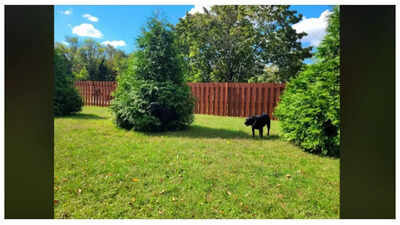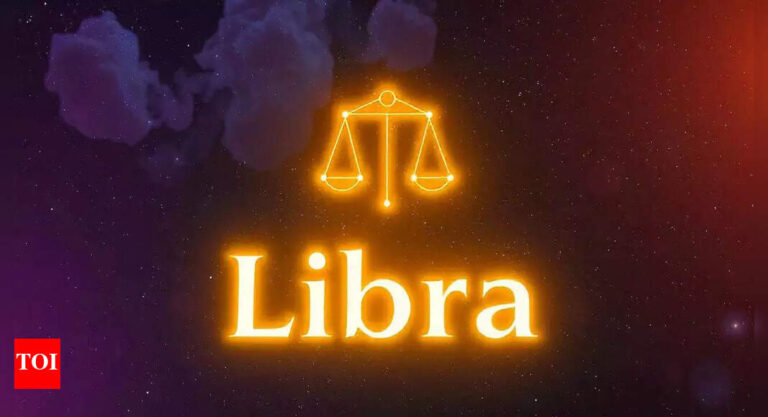
Optical illusions are loved by one and all. Not only are they super fun, they also sharpen your mind. So, today, we are back with another fun optical illusion!Can you spot the ‘other’ dogA user named u/two-kidz uploaded a backyard image to r/FindTheSniper which showed a dog positioned at the far right of the frame. The post title “Dog (s)?” suggested there could be multiple dogs present in the picture. The author posted his first time on the platform after his wife sent him this image which he believed belonged in this community. So can you see the second canine? Look closely, but remember, you just take 10 seconds to spot it. Get, set go…The revealGive up? Here’s the answer. The second dog remains invisible until you look directly at the tree in the middle of the image. The image becomes more visible when you zoom in slightly because the hidden dog matches perfectly with its environment.The hidden dog remained concealed from most users until they managed to locate it. Users enjoyed the challenge by making humorous predictions about the dog’s excellent camouflage, abilities which made it seem like he wore natural camouflage.One user said, “More than the two obviously visible? One in front of the center tree, the other clearly in between the two trees?”The other commented, “One in the open and other in the middle bush.”A third one wrote, “Ask the doggo how many hours did he work on this gillie suit?! It’s so authentic.”Types of optical illusionsThere are three main types of optical illusions:Literal Illusions: These occur when the brain combines elements of an image to create something that doesn’t exist. For example, an image might look like two faces or a vase depending on how you interpret it.Physiological Illusions: These are caused by overstimulation of the visual system, such as excessive exposure to light, movement, or color. They can create effects like afterimages or motion illusions.Cognitive Illusions: These rely on how the brain subconsciously interprets information. Examples include illusions like the Müller-Lyer illusion, where lines appear longer or shorter due to surrounding shapes.








